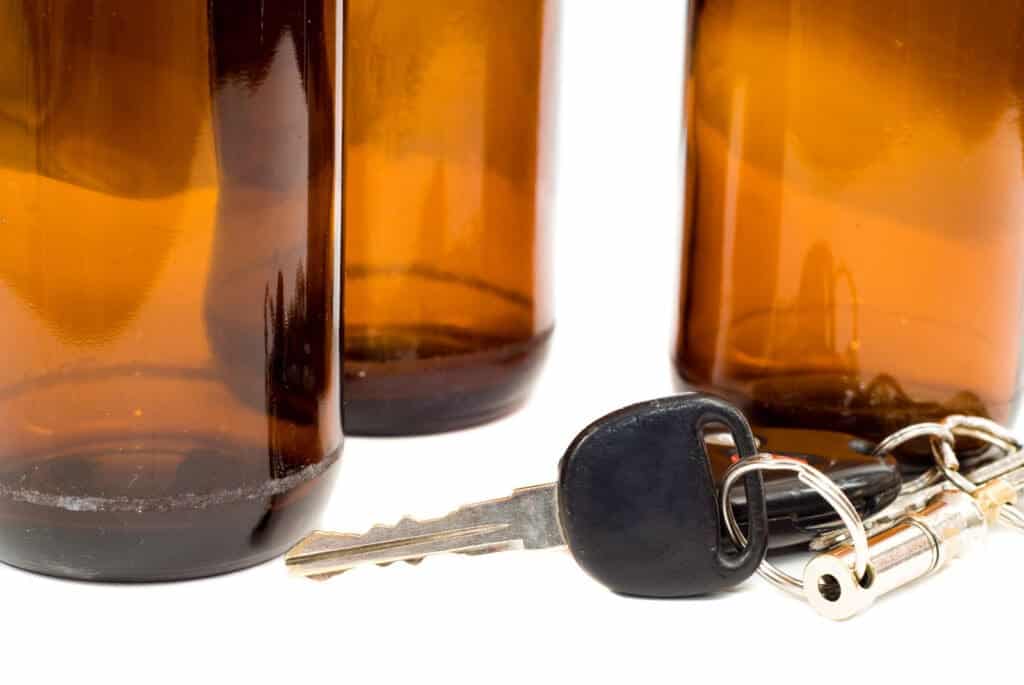Drowsy driving is the combination of driving when sleepy and usually happens when a driver has not slept enough. This can be a result of an untreated sleep disorder or shift work that is taxing on one’s body. Prescription and over-the-counter medications can also cause drowsiness, as well as alcohol.
Causes of Drowsy Driving
- Alcohol: Drinking alcohol can contribute to drowsy driving and also affects reaction time and decision-making.
- Sleep Deprivation: A lack of sleep is a major cause of excessive daytime sleepiness, which can cause microsleep or other dangerous driving behavior.
- Sleep Disorders: Many sleep disorders, such as sleep apnea, cause an individual’s sleep to be restricted and interrupted.
- Time of Day: Accidents resulting from driving while drowsy happen most frequently between midnight and six a.m. or in the mid-afternoon, which are the two times when sleepiness is at its highest.
- Medications: Many types of medication cause sleepiness, such as prescription drugs, over-the-counter medications, and dietary supplements. When these are taken at night, they may cause one to feel drowsy the next morning.
- Certain people that are at higher risk of an accident include:
- Individuals who drive for a living, such as long-haul truckers or bus drivers.
- People who work long hours at a time, as well as irregular shifts or night shifts.
Warning Signs of Drowsy Driving
- Yawning or blinking frequently.
- Forgetting the past few miles that one has driven.
- Missing the exit.
- Drifting from the correct lane.
- Hitting obstructions on the side of the road.
- Feelings of falling asleep.
- Tired eyes or an increase in blinking.
- Following other cars too closely.
- Difficulty in maintaining a proper speed.
Dangers of Drowsy Driving
Why is Drowsy Driving Dangerous?
Microsleep refers to when a person dozes off for just a few seconds, and when this occurs to an individual while driving, it’s easy for the car to run off the road or collide with another vehicle. Even more alarming is that the damage from these crashes increases when they occur at high speeds.
Drowsy driving is dangerous even if a person doesn’t fall asleep, as research shows that sleep deprivation leads to mental impairment that is similar to drunkenness when it comes to 24 hours of sleep deprivation.
This impairment causes the individual to become less attentive to their surroundings and more easily distracted. This slows their reaction time, making it harder to avoid dangers on the road, which makes driving while drowsy very dangerous.
Recommended Article: Can Truck Drivers Drink Off Duty
How to Prevent Drowsy Driving
- Get a sufficient amount of sleep, such as 8 hours a night.
- Develop good sleeping habits.
- Seek medical treatment for any sleep disorders.
- Avoid taking medicine that can cause drowsiness before driving.
- Do not drink and drive, as consumption of alcohol interacts with sleepiness and causes an increase in drowsiness and impairment.
- When having to take medication that could cause drowsiness as a side effect, choose to use public transportation if you need to travel.
- Avoid driving during the peak sleepiness periods of midnight to 6 a.m. and late afternoon.
- When driving, stay vigilant for signs of drowsy driving in other motorists, such as crossing over roadway lines or hitting a rumble strip.
Recommended Article: How to Report Reckless Driving Online
Frequently Asked Questions (FAQs) – Drowsy Driving
How is Drowsy Driving Different from Drunk Driving?
Drunk drivers are often impulsive and uninhibited, which leads them to risky driving behaviors. In contrast, drowsy driving caused by fatigue mostly affects one’s ability to stay vigilant on the road and respond appropriately, which may be dangerous in situations that require fast reflexes to avoid an accident.
How Common is Drowsy Driving?
Drowsy driving statistics show that drowsy driving was involved in 91,000 crashes in the year 2017, which resulted in 50,000 injuries and nearly 800 deaths. In the year 2020, there were 633 deaths based on police reports. These numbers provide evidence that driving drowsy is a common occurrence, as well as the cause of motor vehicle accidents.
How do you know if you’re Drowsy Driving?
If an individual finds themselves experiencing any of the following warning signs of drowsy driving, they should prevent stop driving:
- Yawning or blinking frequently.
- Trouble remembering the last few minutes of driving.
- Missing an exit.
- Drifting from the lane of travel.
Conclusions
For more than 36 years, Kevin Coluccio of Coluccio Law has been working to protect seriously injured people and the families of those who have lost their lives.
Call us today for a free quote, or contact us via our convenient forum to get the legal assistance you need to deal with an accident related to drowsy driving.
Helpful Reading: Eating While Driving – Is it Legal?




